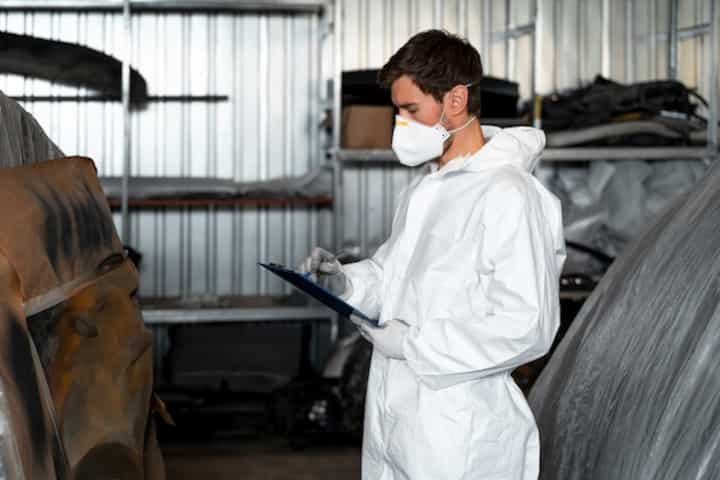
Expert Attic Mold Removal Services Mitigation, Cleanup, and Remediation
Mold growth in attics is a common problem that can lead to significant health risks and structural damage if not addressed promptly. Attics, often being poorly ventilated and subject to moisture accumulation, provide an ideal environment for mold to thrive. Understanding the intricacies of mold removal, including mitigation, cleanup, and remediation, is crucial for ensuring a safe and mold-free living environment. This article delves into the expert processes involved in attic mold removal, offering valuable insights for homeowners and property managers.
Understanding Mold Mitigation
Mold mitigation involves strategies and measures aimed at reducing mold growth and preventing future occurrences. The focus is on control and prevention rather than just removal. Key steps in mold mitigation include:
- Identifying and addressing sources of moisture, such as roof leaks or inadequate ventilation.
- Implementing proper insulation to maintain consistent temperature and humidity levels.
- Regular inspections and maintenance to catch mold growth early.
For comprehensive information on mold mitigation strategies, explore further insights here.
The Cleanup Process
Initial Assessment and Testing
The cleanup process begins with a thorough assessment of the affected area. Professional mold inspectors conduct tests to determine the type and extent of the mold infestation. Read more about this topic to understand the testing methods used to identify mold species.
Containment and Removal
Once assessed, the next step is to contain the mold to prevent spores from spreading to other areas. Techniques include sealing off the affected area with plastic sheeting and using negative air pressure. Mold removal involves:
- Physically removing contaminated materials, such as drywall or insulation.
- Cleaning and disinfecting surfaces with specialized solutions to eradicate mold spores.
Learn more in this detailed guide about effective containment and removal techniques.
Remediation for Long-term Solutions
Remediation focuses on returning the attic to a safe condition and preventing mold from returning. This involves:
- Repairing or replacing damaged structures like beams or roof panels.
- Improving ventilation systems to ensure adequate airflow and moisture control.
- Using mold-resistant materials during reconstruction to reduce future risks.
For detailed insights into remediation processes, find additional information here.
Preventative Measures
Once remediation is complete, taking preventative measures is essential to maintain a mold-free attic environment. This includes:
- Regularly inspecting the attic for signs of moisture or mold.
- Ensuring that the attic is properly ventilated year-round.
- Using dehumidifiers to control humidity levels during humid months.
Preventative measures are crucial for long-term mold control. Explore further insights here to safeguard your attic.
Conclusion
Effective attic mold removal requires a comprehensive approach, encompassing mitigation, cleanup, and remediation. By understanding each step and implementing preventative strategies, homeowners can protect their investment and ensure a healthier living environment. For those seeking professional help, detailed resources and guides are available to assist in navigating the complexities of mold management. Read more about this topic to empower yourself with the necessary knowledge for expert mold removal.